Key Features to Look for When Choosing a Rugged Handheld Terminal
Rugged handheld terminals are essential tools in industries like logistics, warehousing, retail, and field services, where durability, efficiency, and reliability are critical. Unlike consumer-grade devices, rugged terminals are built to withstand harsh environments, ensuring long-term performance.
If you're in the market for a rugged handheld terminal, choosing the right one can significantly impact productivity and ROI. This buyer’s guide covers the key features to consider, including durability, battery life, barcode scanning, software compatibility, and more.
1. Durability: Built to Last
Rugged handheld terminals must endure drops, water exposure, dust, and extreme temperatures. Look for these durability certifications and features:
a. IP Rating (Ingress Protection)
-
IP65: Dust-tight and protected against water jets.
-
IP67: Can withstand temporary submersion (1m for 30 minutes).
-
IP68: Higher waterproofing for prolonged submersion.
b. MIL-STD-810G Certification
This military-grade standard ensures resistance to:
-
Drops (typically 1.5m to 2m onto concrete)
-
Vibration
-
Extreme temperatures (-20°C to 60°C)
c. Shock-Resistant Design
-
Reinforced corners and rubber bumpers
-
Gorilla Glass or similar scratch-resistant screens
Pro Tip: If your work involves wet conditions (e.g., cold storage, outdoor use), prioritize IP67/IP68 ratings.
2. Battery Life: Long-Lasting Performance
A dead battery means lost productivity. Key considerations:
a. Battery Capacity (mAh)
-
Standard (3000-4000mAh): 8-12 hours of continuous use.
-
High-Capacity (5000mAh+): 16+ hours, ideal for long shifts.
b. Hot-Swappable Batteries
-
Allows battery replacement without shutting down the device.
-
Critical for 24/7 operations (e.g., warehouses).
c. Power Efficiency
-
Low-power processors (e.g., Qualcomm Snapdragon)
-
Adjustable screen brightness & sleep modes
Pro Tip: If workers can’t recharge frequently, choose a high-capacity or hot-swappable battery.
3. Barcode Scanning: Speed and Accuracy
Efficient scanning is crucial for inventory management and logistics.
a. Scanner Types
-
Laser Scanner: Best for 1D barcodes at long distances.
-
Imager Scanner: Reads 1D/2D barcodes (including QR codes) and damaged labels.
b. Scanning Performance
-
Scan Speed: 100+ scans per second for high-volume environments.
-
Range: Up to 10m for long-range scanning (e.g., warehouse shelves).
c. Advanced Features
-
Motion Tolerance: Reads barcodes on moving objects.
-
Poor Lighting Support: Built-in illumination for dark environments.
Pro Tip: If dealing with 2D barcodes (QR, DPM), an imager scanner is a must.
4. Software & Compatibility
A rugged terminal must integrate seamlessly with your existing systems.
a. Operating System (OS) Options
-
Android: User-friendly, supports modern apps.
-
Windows IoT: Legacy support for enterprise software.
b. Enterprise Mobility Management (EMM)
-
Remote device management (e.g., SOTI, VMware).
-
Over-the-air (OTA) updates.
c. API & SDK Support
-
Custom app development for specialized workflows.
Pro Tip: If your business uses ERP/WMS systems, ensure compatibility with SAP, Oracle, or Zebra’s Link-OS.
5. Connectivity: Stay Linked Anywhere
Reliable connectivity ensures real-time data syncing.
a. Wireless Options
-
Wi-Fi 6: Faster speeds, better range in warehouses.
-
Bluetooth 5.0: Stable connection with peripherals (printers, headsets).
-
4G/5G: Essential for field workers without Wi-Fi.
b. GPS & NFC
-
GPS: For asset tracking and field service.
-
NFC: Contactless payments or secure authentication.
Pro Tip: For real-time tracking, choose a model with 4G/5G + GPS.
6. Ergonomics & Usability
Workers use these devices for hours—comfort matters.
a. Lightweight & Balanced Design
-
Ideal weight: Under 400g (heavy devices cause fatigue).
b. Glove & Touchscreen Support
-
Works with thick gloves (common in cold storage).
-
Rain mode for wet conditions.
c. Keypad vs. Touchscreen
-
Physical Keypad: Better for repetitive data entry.
-
Touchscreen: More intuitive for app navigation.
Pro Tip: If workers wear gloves, ensure capacitive touchscreen support.
7. Total Cost of Ownership (TCO)
Beyond the initial price, consider:
-
Repair Costs: Rugged devices should last 1 year.
-
Warranty: Look for 2-year warranties from brands like Zebra, Honeywell Leeshion.
-
Software Licensing: Some OS versions require annual fees.
Pro Tip: Cheaper devices may cost more in repairs—invest in reliability.
Conclusion: Choosing the Best Rugged Handheld Terminal
When selecting a rugged terminal, prioritize:
✔ Durability (IP66+)
✔ Battery Life (Hot-swappable, 5000mAh+)
✔ Barcode Scanning (Imager for 2D codes)
✔ Software Compatibility (Android/Windows + EMM)
✔ Connectivity (Wi-Fi 6, 4G/5G, NFC)
✔ Ergonomics (Lightweight, glove-friendly)
By evaluating these features, you’ll find a device that boosts efficiency, reduces downtime, and lasts for years.
Need a recommendation? Comment with your industry, and we’ll suggest the best model for your needs! 🚀
No comments






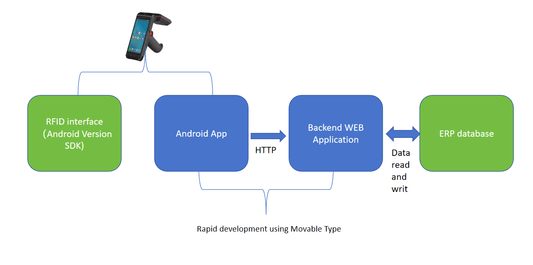

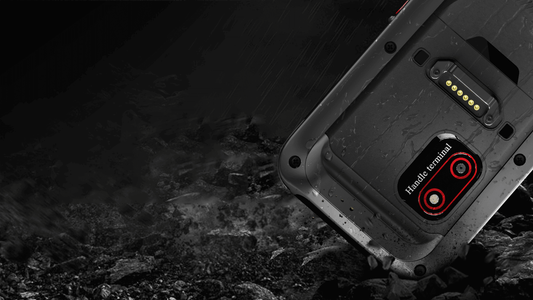

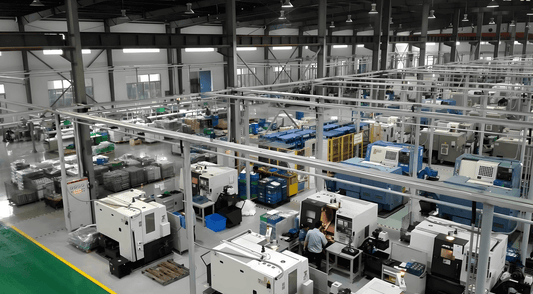
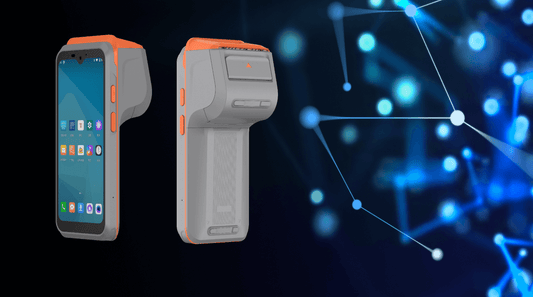
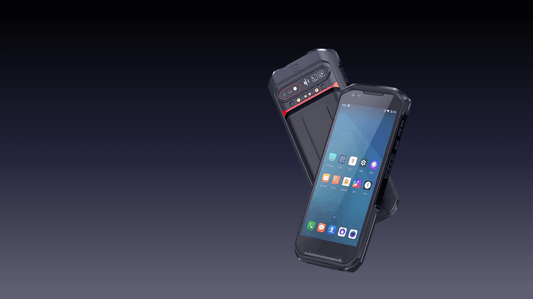
0 comments